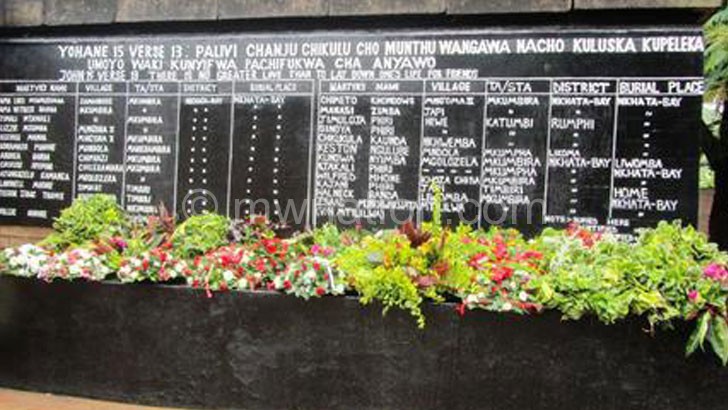Question on food insecurity response
Hon Folks, while APM is providing leadership on the food crisis caused by floods and drought that hit the country earlier in the year, a question still remains: How come irrigation and winter-cropping are not part of the food insecurity response plan?
According to the President, 2.8 million people face hunger this year, requiring to be supported with over 124 000 metric tonnes of maize at the cost of over K83 billion ($146.4 million).
Obviously, the government, which can hardly raise enough revenue through taxes to meet its monthly targets, is banking on donations. Of course, for the past three or four years, there has always been hunger during the lean season necessitating the provision of consumption subsidy worth billions of kwacha.
I guess, this year the difference is in magnitude. The number requiring support is almost double the annual average. Although countries have already started responding positively to APM’s September 21 SOS, with the US announcing on Wednesday a donation of food items worth K9 billion ($15.7 million), even meeting half the target required for the humanitarian food assistance appears to be a tall order.
Particularly more challenging would be getting donor financial support for the Food Insecurity Response Plan. Ever since Cashgate, which involved the looting of billions of kwacha from government coffers was exposed two years ago, western donors lost confidence in Malawi’s public finance management system.
They stopped giving budgetary support, opting to fund developmental programmes through non-governmental organisations (NGOs). Even when they were called to help after floods wreaked havoc in many parts of the Southern Region earlier in the year, they channelled their relief aid through World Vision, not government.
There is the possibility, therefore, that donors would donate more of biscuits and fortified vegetable oil than money which government could use to buy maize and other food items more palatable to hungry Malawians.
But even if it were possible to mobilise all the funds and import all the 124 000 metric tonnes of maize needed to mitigate hunger that has rocked Malawi this year, the fact remains that with climate change, experiencing another spate of hunger of similar, if not greater, proportions is a matter of when, not if.
All the more reason it makes no sense that the Farm Input Subsidy Programme (Fisp)—which at its peak during the Joyce Banda administration took up an equivalent of 10 percent of the national budget before it was slightly reduced in this year’s budget—should continue to be solely based on rain-fed agriculture.
The risk of losing over K40 billion in Fisp without realising food security in the event of draught, floods or both, necessitates the need to do things differently to minimise risks.
What comes to mind is irrigation as a means for ensuring food security. This technology has its roots in Africa and in countries such as Egypt, it is not an alternative to rain-fed agriculture, but the norm, ably practised for years even by elderly widows. In Malawi, the people of Manthimba in Thyolo, APM’s own home, manage to plant maize twice a year, grow vegetables and own fish-ponds with water diverted from a river using simple technology. What government needs to do is to figure out how the fresh waters from Lake Malawi, Shire River and their tributaries can be used to grow maize and other crops twice or more a year.
That way, Malawi will not only be food secure but also reap so many other economic gains. With irrigation, the majority poor will be emancipated from dependence on government for food handouts. Instead, they will use their God-given gifts of brains and energy to fend for themselves, their families and ultimately, their government.
Irrigation has an added advantage; it will reinforce ties between the people and their water sources. They will look to their lakes and rivers not just as a source of fish and other resources to exploit, but they will also see their waters as a source of life. That way, messages against environmental degradation will be more readily heeded and Malawi will be green again.




